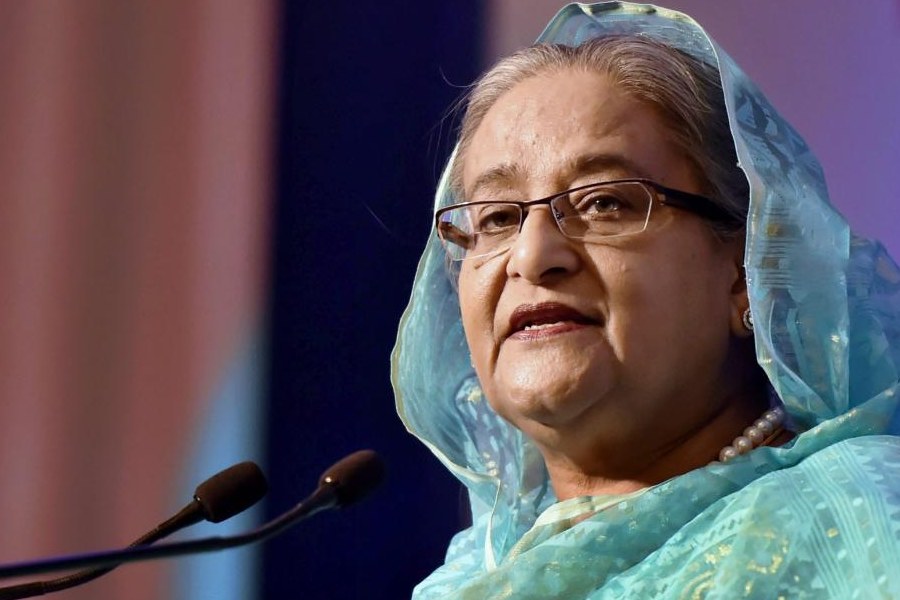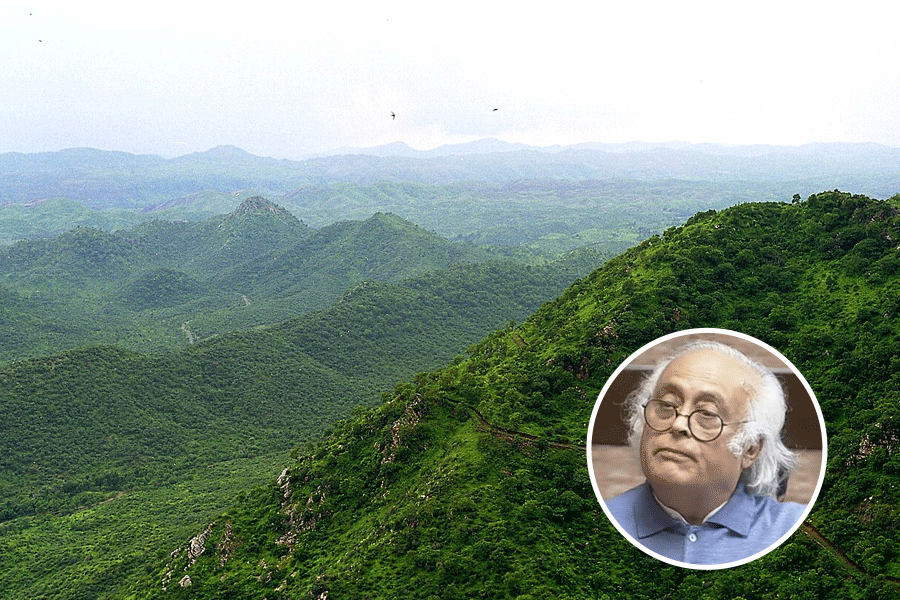 |
| Davender Ghai (finger raised) celebrates outside the court in London with friends and family on Wednesday. |
London, Feb. 10: A million Hindus in Britain are now free to carry out traditional religious funerals — if they so wish — following a landmark judgment today by three appeal court judges in favour of Baba Davender Ghai, a 71-year-old activist.
Ghai has long campaigned for “the right to be cremated with the sun shining on my body and my son lighting the pyre”.
An earlier decision by the high court banning Hindu funerals was reversed today by the most senior judge in the UK, Lord Neuberger, Master of the Rolls, sitting with Lord Justice Moore-Bick and Lord Justice Etherton.
This latest twist in the determined battle waged by Ghai represents a stunning defeat for the ministry of justice which, according to Ghai, had suggested that Hindu funerals would be “dirty and smelly”.
Lord Neuberger said before delivering the court’s ruling: “Contrary to what everyone seems to have assumed, and I am not saying it is anyone’s fault, it seems to us that Mr Ghai’s religious and personal beliefs as to how his remains should be cremated once he dies can be accommodated within current cremation legislation.”
After his historic victory, Ghai told The Telegraph: “I am over the moon.”
He accepted the ruling did not mean that from tomorrow Hindus would be free to burn their dead in the middle of Hyde Park in London.
“Nor do I want that,” he clarified.
If existing crematoria could be adapted to take account of Hindu sentiments and requirements, he was prepared to compromise.
“The sun could shine through a window,” he said, explaining he was willing to give way by not insisting there should be no roof in such a facility.
But he drew the line at having gas-fired crematoria.
He said a well-wisher, Lord Davenport, had offered him land 15 miles from the centre of Newcastle-upon-Tyne, where Ghai lived. A walled area shielded from public gaze could be built here, he said, to enable Hindus to cremate their dead.
Ghai has lived in Britain for more than half a century after arriving from Kenya in 1958. In 2006, he tested the law by organising the open-air funeral in a field just outside Newcastle in Stamfordham, Northumberland, of Rajpal Mehat, an illegal immigrant who turned out to be a Sikh from Kapurthala.
The authorities did consider prosecuting Ghai but finally decided no purpose would be served by pursuing legal action against him.
For a man who has worked as a bus driver and a blue-collar hospital worker, Ghai has displayed remarkable eloquence in arguing “the soul itself is in jeopardy” while the law remained unclear.
“I have lived my entire life by the Hindu scriptures and they have inspired me to charitably serve this country for over 30 years,” he said. “In the frailty of my twilight, I now yearn to die by them.”
Ghai said he understood there would be no further appeal against today’s ruling. But the words of the appeal court judges as well as the Cremation Act would be scrutinised by local authorities who might now have to deal with applications from Hindu groups.
The court of appeal found that “the relevant aims of the act... were to ensure that cremations were subject to uniform rules throughout the country, to enable the secretary of state to regulate the manner and places in which cremations were carried out, to require a crematorium to be a building which was appropriately equipped, and to ensure that a crematorium was not located near homes or roads”.
The court of appeal accepted Ghai was willing to be cremated in these circumstances and content that his funeral pyre be “enclosed within a structure”.
The only remaining question was whether the types of structures Ghai had proposed would constitute “buildings”, which are not defined by the Cremation Act.
The judicial review in the high court had focused largely on the nature of Ghai’s Hindu beliefs and the extent of religious freedom permissible under human rights legislation. However, the court of appeal found it “might render irrelevant all the other issues, interesting and important as they may be”, if the proposed structures were indeed “buildings”.
Each legal definition of a building varies according to the specific context, such that even a large barbecue has been deemed as a “building”, in the context of restrictive covenants. In the absence of a definition in the Cremation Act, lawyers on behalf of the ministry of justice argued a “building” was an “enclosure of brick or stonework, covered in by a roof”.
That argument was rejected by the court of appeal. Lord Neuberger said: “I do not think that it would be right to take a somewhat artificially narrow meaning of the word.” After all, structures such as the Pyramids or the Coliseum would not satisfy that definition but nevertheless they were clearly “buildings in normal parlance”.
The court of appeal deliberately stopped short of the “somewhat abstract question” of how to define a building in the context of cremations and decided that “it is more appropriate to take its ‘more natural, wider, meaning’, particularly as Parliament had never sought to limit the definition in any way since 1902”.
The court of appeal concluded a structure would be a “building” within the act, “provided it is relatively permanent and substantial, so that it can properly be said to have been “constructed”, and provided it could normally be so described”.
Inspecting photographs of proposed structures, the court observed that “most of these structures are sophisticated in their design, and impressive, even imposing, in style. Many of them are works of art, with much of the structure being expertly and intricately carved”.
The judgment draws particular attention to natural cremation premises in Gibraltar and the Spanish enclave of Cueta, finding “they demonstrate that such cremations occur within a structure which is substantial in its extent, solid in its structure, and relatively permanent in nature”.
Lord Neuberger said: “I have come to the conclusion that Mr Ghai’s wishes as to how, after his death, his remains are to be cremated can be accommodated under the act and the regulations”.
The court of appeal accepted that “it would be perfectly possible to carry out a cremation away from public gaze in a building with substantial openings in the walls”, but ruled that the Cremation Act did not require cremations to be completely publicly invisible and that “Parliament could easily have spelled it out if it had thought it right to do so”.
With respect to the specific building designs of future natural cremation sites in Britain, the court of appeal acknowledged that “difficulties which may be thrown up by planning and public health legislation do not fall for consideration at this stage”.










